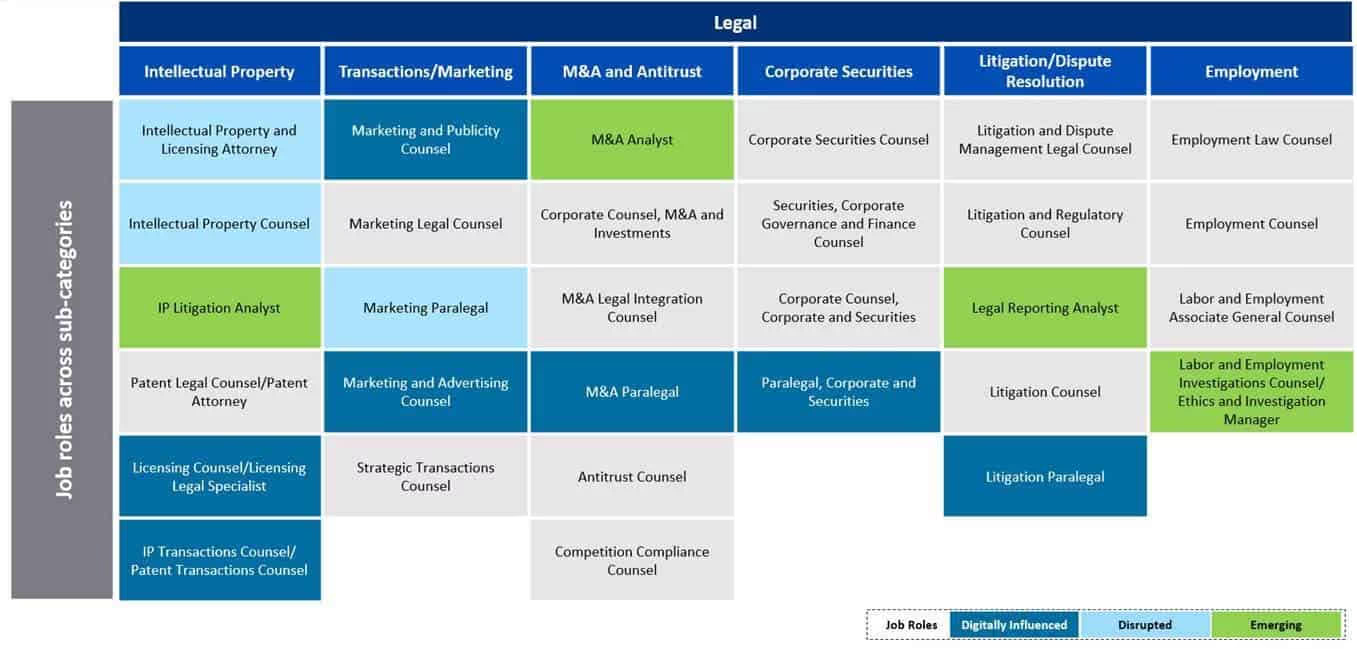Recruitment is a Forecasting Exercise – But is your Hiring Process treating it like that?
We have spent time analyzing the Recruitment Processes of various companies. This is a little bit outside the typical research, which involved several primary interviews. As I reflected on the data emerging from this study, the Oblique Strategies cards developed by Musician Brian Eno and artist Peter Schmidt for solving creative problems came to my mind. This is what Eno said about the oblique strategies.
“When you are in the middle of something, you forget the most obvious things. You come out of the studio, and you think, why didn’t we remember to do this or that.”
So a pack of cards that has terms like “use an old idea” or “What should you reduce” and other relevant oblique strategies will be used in compositions. In the middle of the project, these cards will randomly steer to a better outcome. This is actually a brilliant algorithm to have a consultant without paying any dollars (well, other than the pack of cards itself).
In some ways, I hope that these emails have similar effects. This week, we are reflecting on two topics
- Recruitment is a Forecasting Exercise – But is your Hiring Process treating it like that?
- How are legal jobs transforming in the digital age? An area missed by some companies
Recruitment is a Forecasting Exercise – But is your Hiring Process treating it like that?
In the digital age, Recruitment is fast becoming an exercise of Forecasting. Through all the data and with the team of talented individuals, you are essentially predicting who is the best candidate for the enterprise and taking an intelligent bet. Forecasting is both a science and an art. In as much as one needs data, there is a significant judgment element embedded in it. Many of you may be familiar with the Good Judgment Project. In 2011, IARPA – the US intelligence community’s equivalent to DARPA – launched a massive competition to identify cutting-edge methods to forecast geopolitical events. Through this platform, average citizens predict complex socio-political issues and are fairly accurate. What makes this so strikingly amazing is that many of these forecasters often compete and better the forecasts of trained intelligence analysts. This plan is certainly an Oblique strategy that is paying off well. The fact that data is available through various digital channels is transforming everyday citizen into a researcher.
But let us look at the Hiring process of one of the companies we studied – Microsoft. Here is the process followed (at a high level
Interview Panel Formation:
The hiring manager is responsible for the formation of the interview panel. The panel shall consist of senior managers from the team and may include other team members for evaluation purposes and an AA (As Appropriate).
Interview Process:
- Online Interviews – 1-2 phone/online interviews – Conducted by recruiter – General behavioral questions + Specific questions that the Manager may request for certain roles + basic technical questions as per role requirement (Data structures, Algorithms, coding)
- Follow-up interviews (all interviews are online due to COVID, pre-COVID-19, the interviews were onsite and included one lunch interview with the junior interviewer for about an hour) – all the interviews are held back-to-back on the same day – Feedback of the previous interviewer is taken, and questions revised during the break period between interviews. Each interview takes between 60 – 90 mins. Each round focuses on analytical, problem-solving, designing, coding, and testing the skills.
- The last interviewer is known as the As Appropriate (AA) and is a senior manager, often a GM or Senior Director. The AA makes the final hiring decision, with the hiring manager’s approval, who may or may not be on the interview panel. A candidate with 3 Hires will get sent to the AA unless their No Hire was for conduct or all the Hires were weak.
What started as a big data experiment on the front end (when we analyzed thousands of resumes) has become a traditional process at the selection stage. (This type of process is at least 20 years old with not so much change). The following steps may change this and make it more scientific, thereby enabling better output from a system
- Deeper insights on reasons of rejection (behavioral analysis of rejection patterns of why certain candidates were not taken to AAs to begin with). Debriefing this with AAs (in this example) to see if they would have done anything different (the flaw in this process is by the time the AAs get to interview – there is often not much experimentation is involved, in some ways, we are also limiting the potential of leaders picking like a Steve Jobs for example- So the process has shrunk the choices dramatically and only cookie cutter candidates reach at this stage – so why spend big dollar upfront?)
- Training/Retraining the people who play the role of AA. Often our analysis shows that many AAs simply do not have enough time and energy allotted
- Rethink the Interview panel itself. Why this hierarchy in hiring? Why can’t the decision be made by a top millennial performer who is an emerging star?
We leave you with those questions. I am sure you will come up with better solutions (as I mentioned in the beginning, we are playing the role of Oblique strategy thinking)
How are legal jobs transforming in the digital age? An area missed by some companies
In the Digital transformation journey, legal tech is fast changing. Here is a quick snap shot of the same. Many companies are not focusing enough on this and we want to bring it to your attention. Several digital solutions are influencing the roles.











.svg)




















.svg)





.svg)
